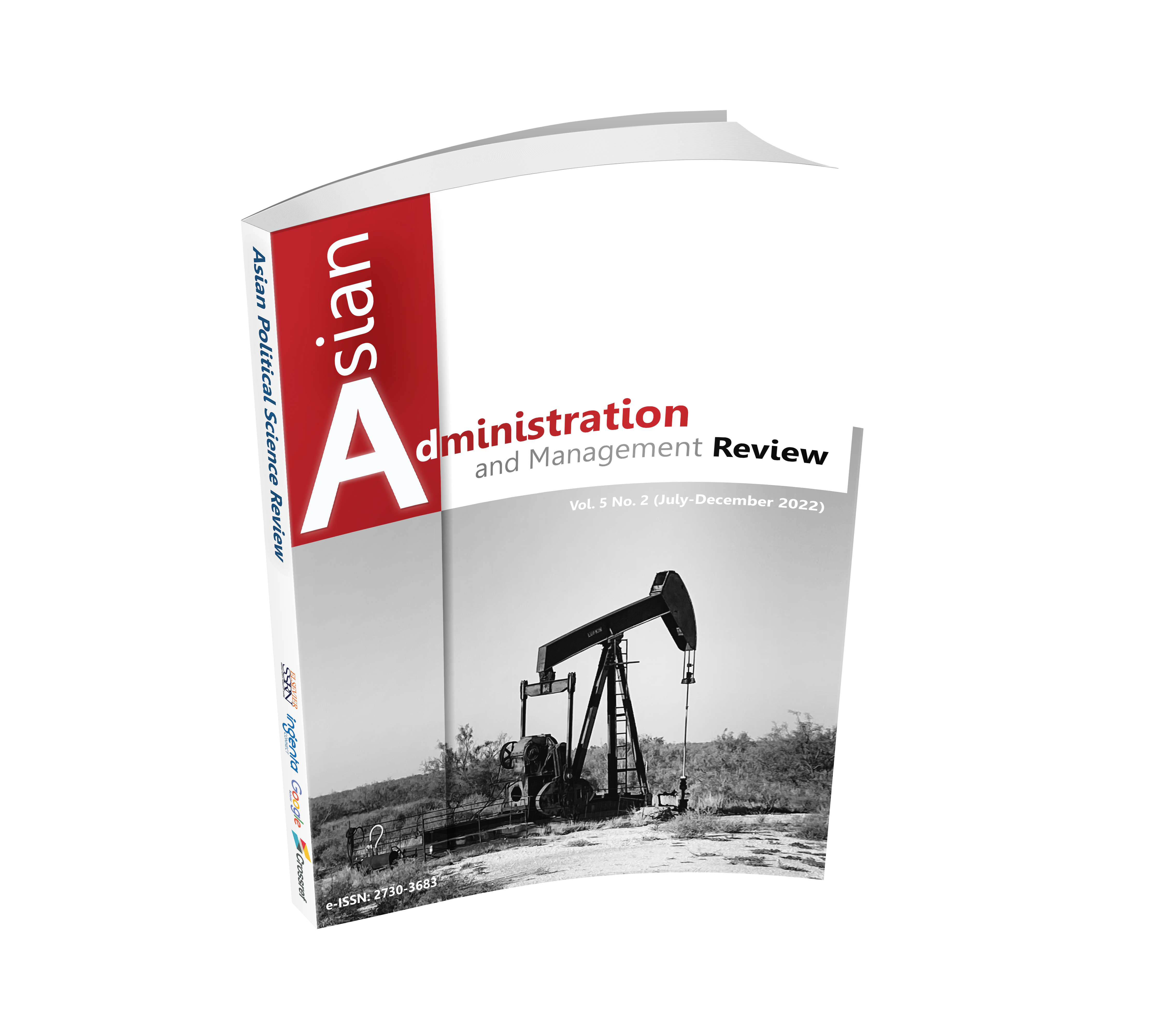THE SUCCESS OF TRADITIONAL VILLAGE-BASED TOURISM MANAGEMENT MODEL AMID COVID-19 PANDEMIC IN KUTUH VILLAGE, BADUNG REGENCY, INDONESIA
Keywords:
Management Model, Rural Tourism, Traditional VillageAbstract
The study's objectives were to look into the key success factors, processes, and implications of managing traditional village-based rural tourism in Kutuh Traditional Village. A case study design and a critical paradigm were used in this qualitative study. Data was gathered through interviews, observations, and documentation, with traditional village administrators, villagers, and the village's business management team serving as the primary sources. The rural tourism business has been successful in managing its rural tourism, according to the study's findings, because of its ability to combine traditional village institution principles and a quality management approach based on its traditional wisdom. This achievement has had a positive impact on the economic, social, cultural, and environmental sustainability of the village. To ensure business sustainability, management must develop detailed spatial plans based on the concept of green tourism rather than greedy tourism, immediately digitize its management business processes to become more efficient and effective through collaboration with digital operators and develop sustainable governance through the use of renewable energy, improve waste management, and rebrand Kutuh Traditional Village as a green tourism destination.
Downloads

Downloads
Published
How to Cite
Issue
Section
License
Copyright (c) 2022 Authors

This work is licensed under a Creative Commons Attribution-NonCommercial-NoDerivatives 4.0 International License.











.png)


